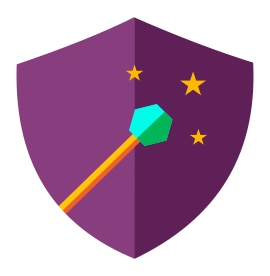Learn Adobe ColdFusion
Upcoming Events

Adobe ColdFusion Summit 2024
Conference
 Sep 30 - Oct 1
Sep 30 - Oct 1 PT
PT Las Vegas, NV
Las Vegas, NV
Blogs
Top Contributors























